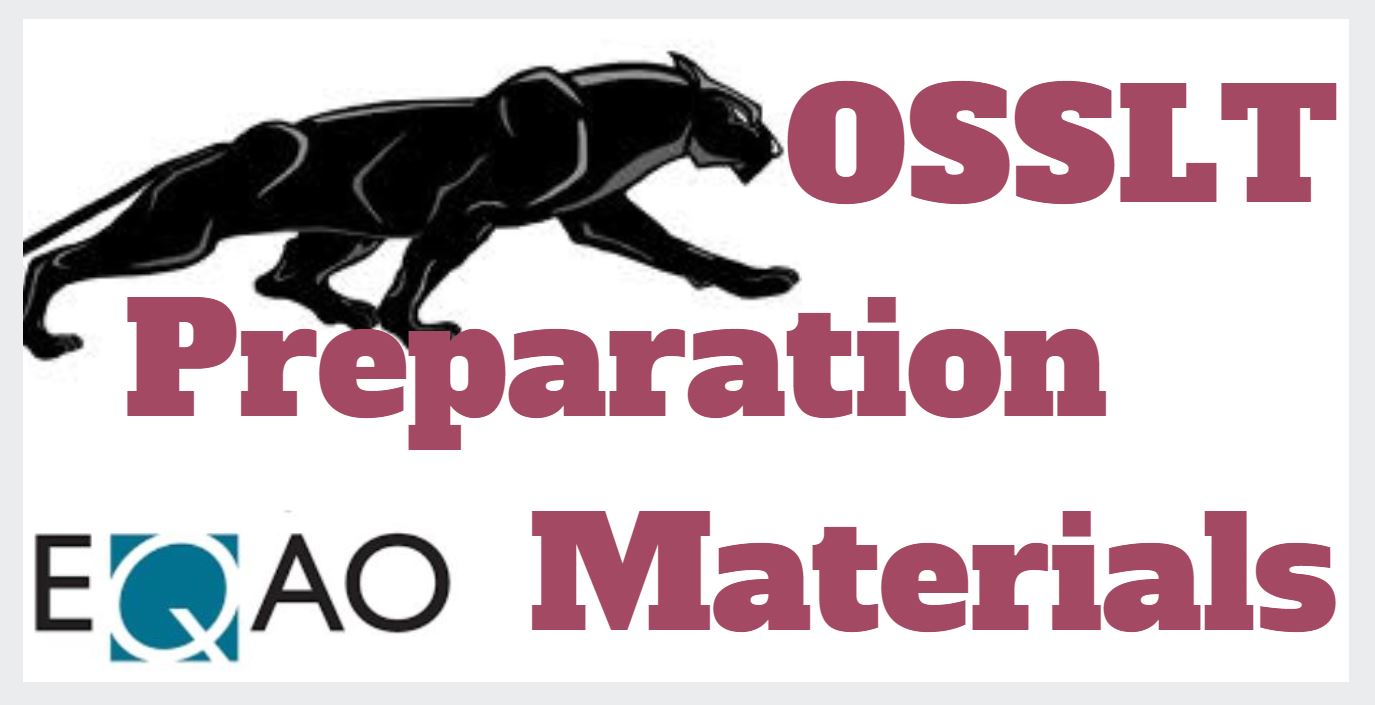January 19th, 2022
The following is a letter to parents and caregivers, from Minister of Education Stephen Lecce and Chief Medical Officer of Health Dr. Kieran Moore.
Dear Parent or Guardian,
We know how critical in-person learning is to the mental health, well-being and academic success of Ontario students. As we meet the challenge presented by the Omicron variant, we are building upon Ontario’s cautious and leading plan to protect in-person learning.
Ontario students and children have benefitted from continuous efforts to protect schools and child care settings, including high-quality masks, enhanced cleaning and improvements in air ventilation in every school – with more than 70,000 HEPA filter units and other ventilation devices deployed. In December 2021, Ontario sent a total of 11 million rapid antigen tests home with students to help protect against the spread of COVID-19 and to support the return to in-person learning in 2022. Since the winter break, we have distributed millions more rapid antigen tests to students as well as staff in publicly funded schools, with each student going home with two rapid antigen tests over the coming weeks.
We are taking nothing for granted. Health and safety in our schools and child care settings remains a top priority and we continue to monitor to ensure that every precaution is taken to protect children, students and staff and to keep our schools and child care settings as safe as they can be.
To further protect schools, the Ontario government will provide rapid antigen tests for students and staff in public elementary and secondary schools, along with children and staff in child care settings. More than 3.9 million rapid antigen tests are dedicated for school boards this week, with additional tests to be delivered next week. The use of the tests is for symptomatic individuals, who will be required to take two rapid tests 24 hours apart – where both tests are negative, and with symptoms improving for 24 hours, individuals can return to class. Information is included in the school and child care screener and we ask that all students and staff screen daily and follow the screening guidance.
Ontario’s schools are also benefitting from high rates of vaccination. We thank students, parents and staff for helping to keep our schools and child care settings as safe as possible by getting vaccinated. With 400 school-focused clinics to date, Ontario has one of the highest rates of vaccination in Canada. More than 86.5 per cent of youth aged 12 to 17 have received a first dose of the COVID-19 vaccine and nearly 83 per cent have received a second dose, while 50.1 per cent of Ontario children between ages 5 and 11 have received their first dose of the COVID-19 vaccine. School-based clinics are also being launched when students return to in-person learning to support additional access points for students and families, including targeted clinics to take place during instructional hours in schools selected by local PHUs and school boards. For these specific schools, parents will receive a form in the coming days offering the opportunity to safely and conveniently provide public health units the authority to vaccinate their child at a school-based vaccine clinic. These clinics are in addition to many options available to families including through mass vaccination clinics, pharmacies and through primary care.
We encourage everyone who is eligible for a vaccination or booster to get vaccinated to further protect students because this is the best way to keep schools open and as safe as possible. It is natural to have questions about the vaccine. Parents or guardians with questions can reach out to the SickKids COVID-19 Vaccine Consult Service at www.sickkids.ca/vaccineconsult, or 1-888-304-6558 to book a consultation. The consultation service is available in multiple languages, using over-the-phone language interpretation. Parents and caregivers can also contact the Provincial Vaccine Contact Centre at 1-833-943- 3900 to receive more information from a health specialist.
In response to the highly transmissible Omicron variant, Ontario is putting in place additional health and safety measures to create more layers of protection to keep schools as safe as possible for in-person learning, which is critical to the positive mental health and academic success of students.
These include:
- Updating the COVID-19 school and child care screener ahead of the return to school in January 2022 and asking students, parents and staff for rigorous screening and monitoring of symptoms
- Provision of rapid antigen test kits for staff and students to use when symptomatic
- Providing non-fit-tested N95 masks for staff in schools and licensed child care settings as an optional alternative to medical/surgical masks, and additional supply of high-quality, three-ply cloth masks that are strongly encouraged and free for students and children
- Deploying an additional 3,000 stand-alone HEPA filter units to school boards, building on the existing 70,000 HEPA filter units and other ventilation devices already in schools
- Inspecting and improving all mechanical ventilation systems using the highest grade filters and making improvements to optimize air quality and flow
- Temporarily permitting only low-contact indoor sports and low-intensity extracurricular activities
- Supporting the projected hiring of more than 2,000 staff, funded by a $304-million allocation for the second semester that includes additional teachers and custodians
- Implementing stricter lunch and recess cohort requirements and elevated cleaning requirements at all schools
- Opening and supporting additional vaccination clinics with accelerated access for education and child care staff
By working together, we can help Ontario students achieve a successful continuation of in-person learning this winter. Please take a moment to review a few key important reminders or visit Ontario’s website to learn more about COVID-19.
Sincerely,
Dr. Kieran Moore
Chief Medical Officer of Health
Stephen Lecce
Minister of Education
Important Information for Parents
If you have symptoms of COVID-19
Individuals who are vaccinated, as well as children under 12 who have symptoms of COVID-19 will be required to isolate for five days following the onset of symptoms. These individuals can end isolation after five days if their symptoms are improving for at least 24 hours, and all public health and safety measures, such as masking and physical distancing, are followed.
Individuals who are unvaccinated, partially vaccinated or immunocompromised will be required to isolate for 10 days.
All household contacts must also isolate for the same duration as the person with symptoms, regardless of their vaccination status. If you have symptoms of COVID-19, you should also consider informing close contacts beyond your household contacts.
If you have concerns about your symptoms, contact your doctor, health care provider or Telehealth for more information and guidance. If you develop severe symptoms requiring medical attention, such as shortness of breath or chest pain, call 911.
If you do not have symptoms of COVID-19 but are feeling unwell, isolate until symptoms have improved for at least 24 hours.
If you’ve been exposed to someone who has tested positive for COVID-19
If you are fully vaccinated, have no symptoms, and do not live with the positive case, you are advised to:
- Self-monitor for symptoms for 10 days since you last interacted with the positive case
- Maintain masking, physical distancing and adherence to all other public health measures if leaving home
- Not visit any high-risk settings or individuals who may be at higher risk of illness (e.g., seniors) for 10 days from your last exposure
If you are not fully vaccinated, or are immunocompromised, you must isolate immediately for 10 days (or 5 days if under 12 years old and not immunocompromised) following your last contact.
Regardless of vaccination status or age, if you live with the positive case, you must isolate for the length of their isolation period.
If you live, work, attend, volunteer or have been admitted in a high-risk health care setting, you must notify your employer and should not visit the high-risk setting for 10 days since your last exposure or symptom onset, or from your date of diagnosis. To ensure sufficient staffing levels, workers in these settings will have the opportunity to return to work early on day seven of their isolation with a negative PCR test, or two negative rapid antigen tests on day six and seven. If you live in a high-risk setting, you should isolate regardless of vaccination status.
If you have had a positive COVID-19 test (PCR or antigen) in the last 90 days, collected on or after December 20, 2021, and are asymptomatic, you do not have to self-isolate as a close contact or household contact, and you can continue to work, attend or volunteer in a highest-risk health care setting.
If you have COVID-19 based on a positive test result
If you test positive from a PCR, rapid molecular or a rapid antigen test and you are fully vaccinated or under 12 years of age (and not immunocompromised), you must isolate for five days from the positive test result if you have no symptoms or five days from symptom onset and until your symptoms are improving for 24 hours (or 48 hours if gastrointestinal symptoms) and you don’t have a fever.
If you are partially vaccinated, unvaccinated or immunocompromised, you must isolate for 10 days from the onset of symptoms, or from the date of your test (whichever came sooner), and until your symptoms are improving for 24 hours (or 48 hours if gastrointestinal symptoms) and you don’t have a fever.
In addition, household contacts of individuals who have tested positive must also self- isolate during this time. Individuals must isolate regardless of their vaccination status.
You should also notify your close contacts. A close contact is anyone you were less than two metres away from without personal protective equipment for at least 15 minutes, or multiple shorter lengths of time, in the 48 hours before your symptoms began or your positive test result, whichever came first.
How to Access Supports While Isolating
If you require assistance while isolating, visit COVID-19: Support for people. People can also contact their public health unit for many isolation supports including:
- Use of isolation facilities
- Referral to community supports and agencies
- Mental health supports
- Courier and delivery supports for food and necessities
- Additional resources available to support isolation through the High Priority Communities Strategy
Categories: News












